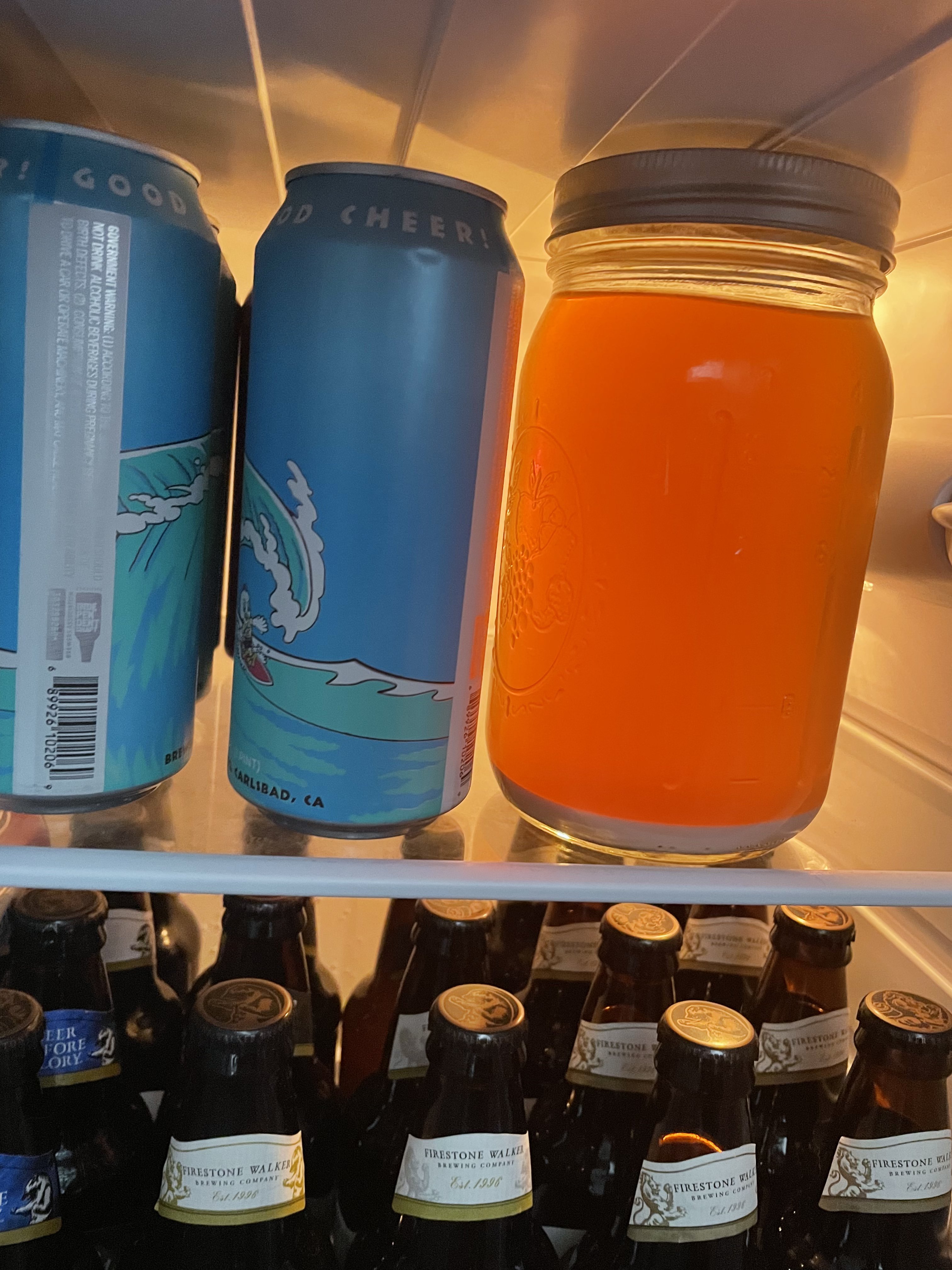Staticsouls
When will the beer be free?
I am using a conical and have been dumping slurry into soda bottles and recapping them to use later. Today I opened one that had developed some serious pressure. Long story short I pitched the yeast but made a huge mess trying to relieve the pressure. I stopped using mason jars because the pressure would build and slowly secrete wort causing mold on the rim.
How do you store and reuse yeast slurry?
How do you store and reuse yeast slurry?












































![Craft A Brew - Safale BE-256 Yeast - Fermentis - Belgian Ale Dry Yeast - For Belgian & Strong Ales - Ingredients for Home Brewing - Beer Making Supplies - [3 Pack]](https://m.media-amazon.com/images/I/51bcKEwQmWL._SL500_.jpg)
















